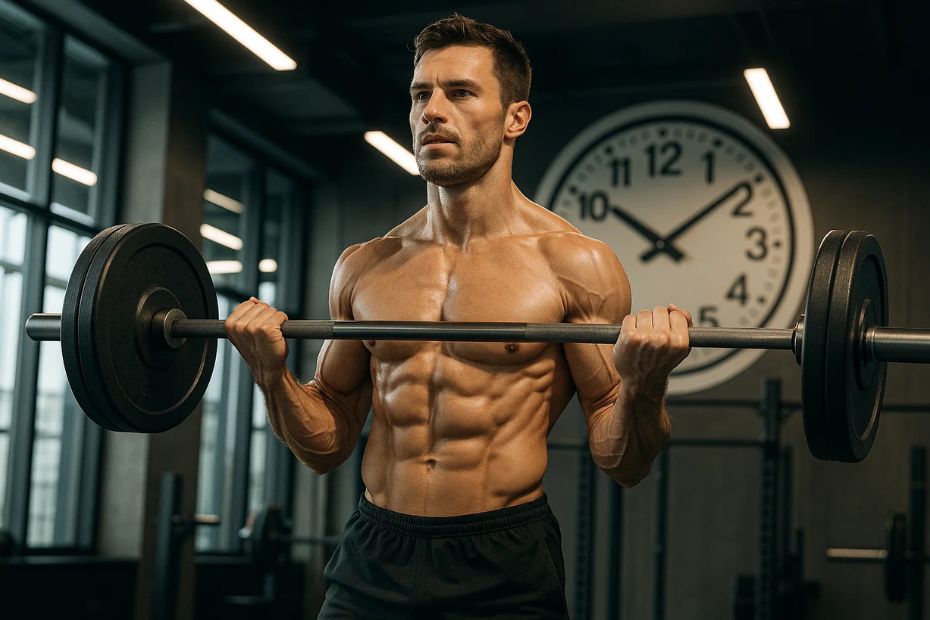Intermittent fasting (IF) has gained popularity not only as a weight management strategy but also as a way to improve metabolic health. For athletes and individuals who regularly lift weights, however, one common concern arises: how to practice intermittent fasting without sacrificing hard-earned muscle. The key lies in nutrient timing, macronutrient balance, and smart pre-fast meal planning.
The Role of Protein Timing in Muscle Preservation
During weight training, muscle fibers undergo stress and microtears, which require amino acids for repair and growth. If protein intake is inadequate—or poorly timed—muscle loss becomes a real risk.
- Within the eating window:
Athletes should aim to consume 25–40g of high-quality protein (chicken, fish, eggs, lean beef, or whey protein) at each meal during their feeding window. - Post-workout nutrition:
Ideally, the first meal after training should be protein-rich and paired with moderate carbohydrates to replenish glycogen and support recovery. - Distribution matters:
Instead of loading all protein at once, spacing it across 2–3 meals ensures more consistent muscle protein synthesis.
Recommended Macronutrient Splits
The optimal ratio will depend on the athlete’s body composition, training volume, and goals (fat loss vs. muscle gain). A balanced framework for strength athletes practicing IF could look like this:
- Protein: 1.6–2.2 g per kg of body weight daily (25–35% of total calories)
- Carbohydrates: 40–50% of total calories, ideally concentrated around the workout window to fuel training and replenish glycogen
- Fats: 20–30% of total calories, focusing on healthy sources like olive oil, avocado, nuts, and fatty fish
This structure ensures enough energy for intense lifting while supporting recovery and lean mass maintenance.
A Smart Pre-Fast Meal Idea
The last meal before the fasting window is critical—it needs to provide lasting satiety and steady energy release. An example:
- Grilled salmon (for protein and omega-3 fats)
- Quinoa or sweet potato (for slow-digesting complex carbs)
- Steamed vegetables (for fiber and micronutrients)
- A drizzle of olive oil or half an avocado (for healthy fats that prolong fullness)
This balance of protein, complex carbs, and fats helps stabilize blood sugar and minimize muscle breakdown during the fasting period.
Benefits of Intermittent Fasting for Athletes
- Fat loss without severe calorie restriction
- Improved insulin sensitivity, supporting nutrient partitioning toward muscle rather than fat
- Potential autophagy benefits, aiding recovery and reducing inflammation
- Mental focus and discipline due to structured eating times
Potential Drawbacks
- Reduced training performance if workouts occur deep into the fasting window without proper fuel
- Risk of under-eating, which can impair recovery and muscle retention
- Adjustment period, as energy levels and hunger cues shift
- Not ideal for all sports, especially endurance-based or high-volume training requiring frequent glycogen replenishment
Key Takeaway
Intermittent fasting can be successfully combined with weight training if approached strategically. By prioritizing protein timing, balanced macronutrients, and nutrient-dense pre-fast meals, athletes can reap the metabolic benefits of fasting while preserving—and even building—muscle mass. The best approach is individualized, so experimenting with meal timing and composition while monitoring performance and recovery is essential.
